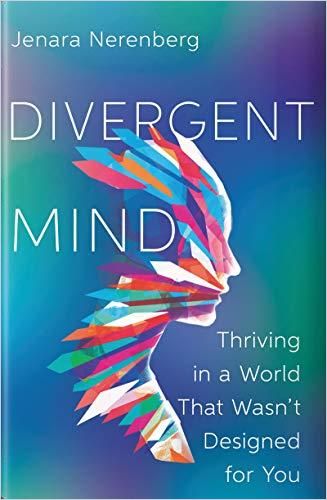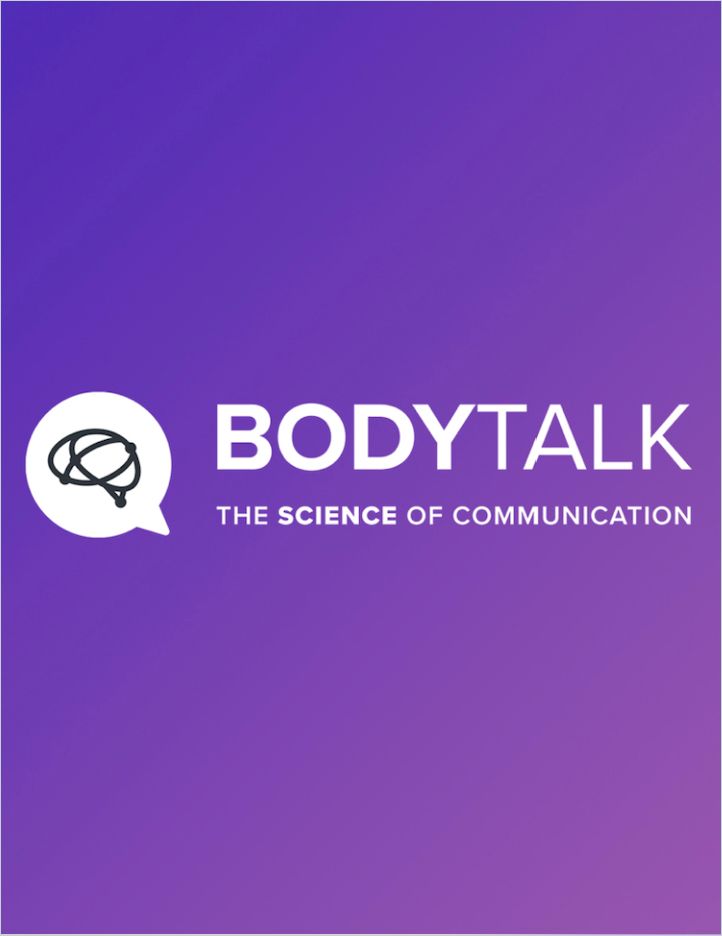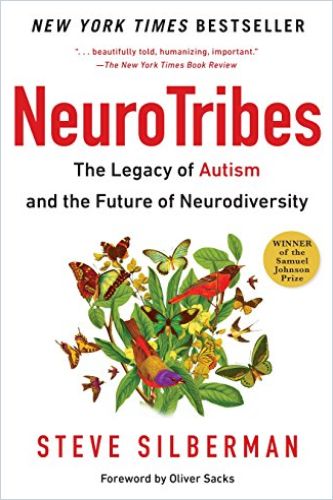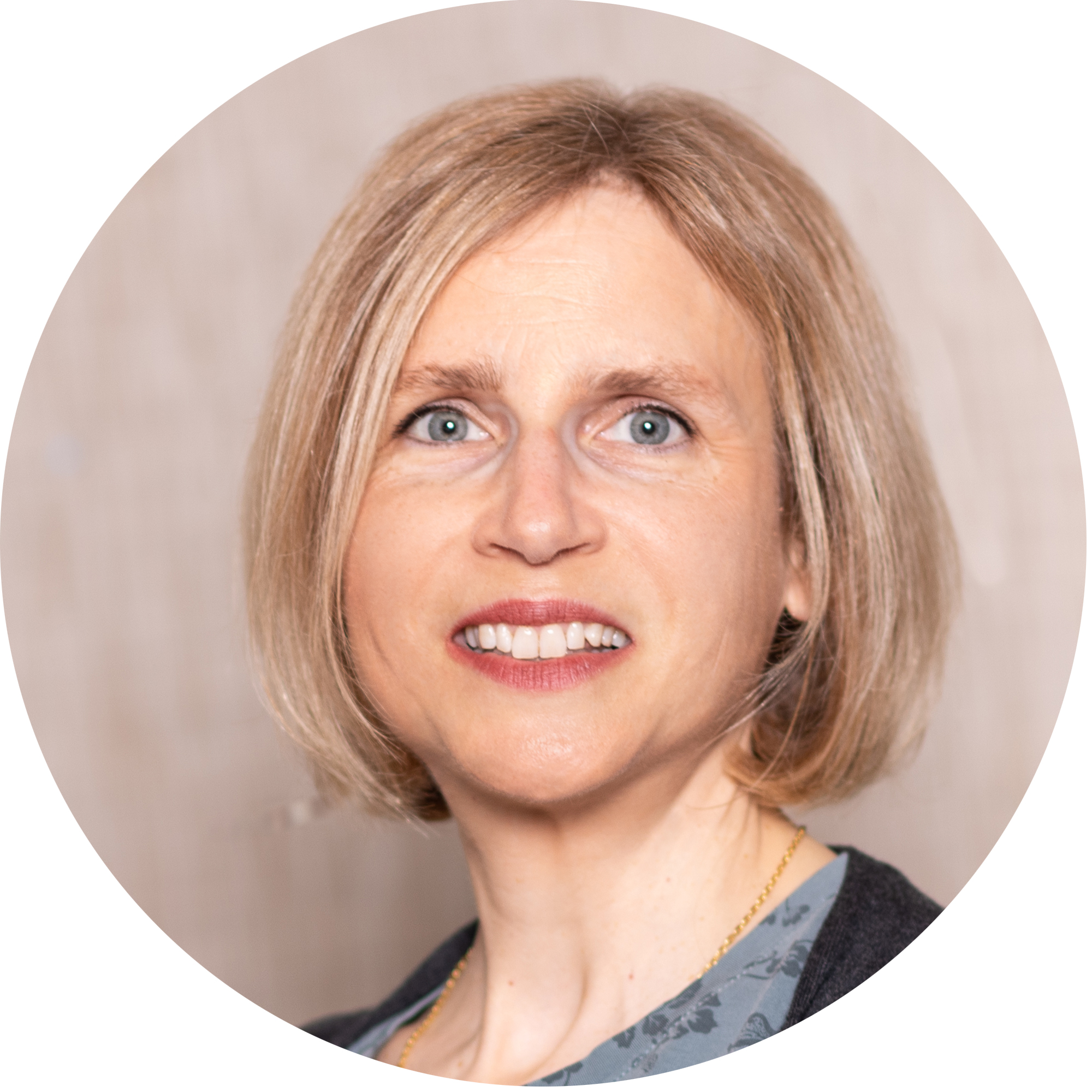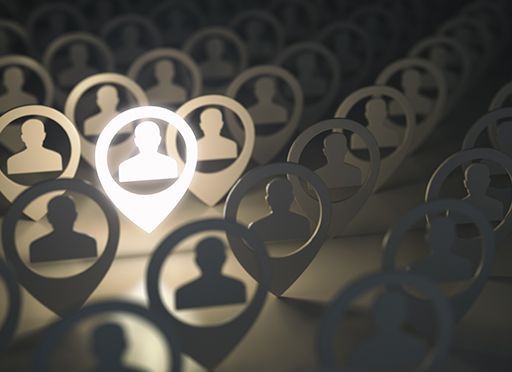“The Conventional Recruitment Process Already Discriminates Against People Who Are Neurodiverse.”
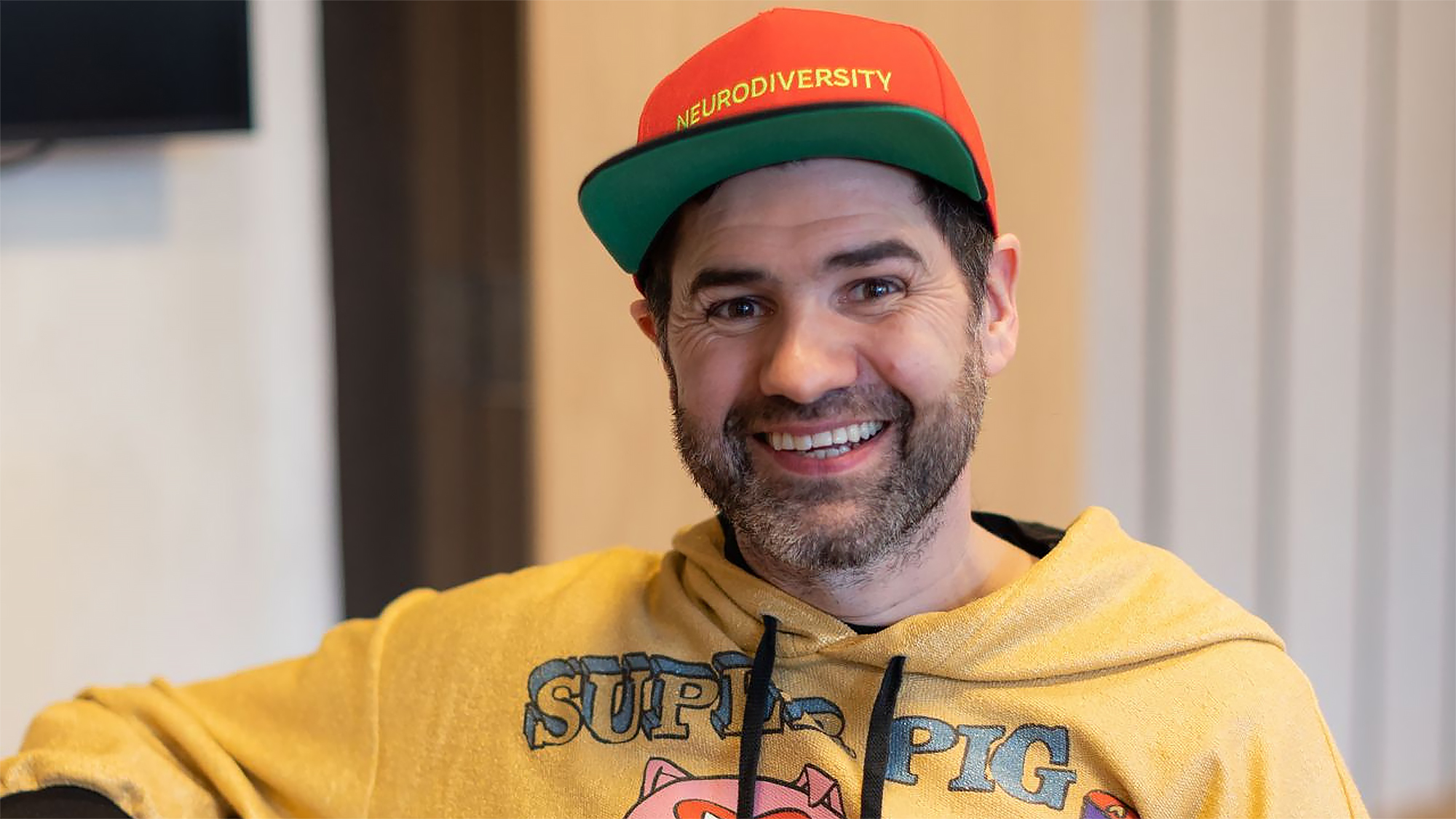
Theo, what motivated you to write your book, Neurodiversity at Work?
When my daughter was about four years old and started to attend preschool, we realized that she was struggling and did not behave the same way as other kids. At the same time, I was going on my own journey of exploration after being diagnosed with dyslexia at 21 as a mature student at university. I wasn’t aware that you could be dyslexic and autistic and have ADHD at the same time. I realized that some of my daughter’s challenges reflected my own challenges in my early years. At one point during that time, I attended an event with about 50 recruitment leaders from some of the world’s most successful organizations, such as IBM, Microsoft and AstraZeneca, as well as some smaller tech companies. The topic of the event was neurodiversity – and I suddenly realized that I can make a difference as a recruitment leader in this area. I could help change how HR leaders see people who face challenges because of how their brains work.
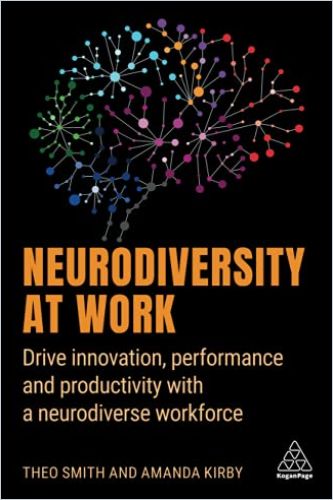
You were the right person to write the book…
Several authors in the HR community encouraged me to write a book, but I had my doubts. I’m dyslexic, I’m neurodiverse. As somebody who struggles with grammar and spelling, am I really the right person to write a book? But people insisted that I put these reservations aside and bring my unique understanding of the issue on paper.
How did the cooperation with Professor Amanda Kirby come about?
I wanted to do it with somebody who was already highly respected in the field. So I reached out to Professor Amanda Kirby. I would cover the recruitment and HR aspects, while she would bring in the scientific perspective. We also included over 40 other prominent voices in the space.
Progress in accommodating neurodiversity in the workplace can take place without the education system changing first. We don’t need to wait for the education system to catch up.
Theo Smith
Since you’ve mentioned your daughter, I wonder to what extent do schools approach neurodiversity differently than the workplace? After all, neurodiverse people entering the workplace have already been strongly conditioned by their experiences and challenges in the education system.
There is still a real lack of understanding within the education setting. It’s not just teachers and employers who lack understanding about neurodiversity. It is also neurodiverse people themselves who often don’t understand what is going on in their brains. Autistic women, for example, are disproportionately misdiagnosed with a mental health challenge, such as anxiety or an eating disorder. Students with a diagnosis receive extra support, such as being given more time on tests. But in the workplace, neurodiverse employees won’t necessarily be given more time to do a job. That’s why systems, technologies and adjustments need to be implemented to enable them to succeed. Progress in accommodating neurodiversity in the workplace can take place without the education system changing first. We don’t need to wait for the education system to catch up.
You explain that neurodiversity is not and should not be an exclusive club. To what extent and in what circumstances do medical diagnoses or “labels” have their place?
I’d love to do away with labels. I’d love to get rid of them tomorrow. The problem is, I think there are 1.5 billion views of the hashtag ADHD on TikTok. That’s a label people are searching for to access information that can help them. And thanks to that information, a lot of people without an official diagnosis can learn more about themselves through the experiences of others. That is powerful. Without labels, we prevent people from being able to identify as part of a distinct community, which can be powerful for an individual who has just received a diagnosis. In the world we live in today, labels can give people access to support and help. Like in the education setting, people in the workplace often only get access to support when they have an official diagnosis. It shouldn’t be that way, but it is.
There is a lot of untapped potential for organizations willing to find out how they can better support their people and make necessary adaptations.
Theo Smith
This raises the question: to what extent does it make sense for companies to put people into buckets and distinguish between neurodiverse and mainstream employees? A company with a policy of letting every employee choose a work setting that enables them to be at their most productive would presumably have an easier time accommodating a more neurodiverse workforce. Shouldn’t all accommodations be made available to everyone?
Absolutely! The adaptations and improvements we make should ultimately help everybody. I recently ran a survey on LinkedIn asking people whether they find it harder to travel and meet people face-to-face since the pandemic. Sixty-five percent of the almost 900 respondents answered ‘yes,’ while an additional 8% answered “sometimes” – and they can’t all be autistic or be diagnosed with ADHD. Only 20 to 30% of the population is neurodiverse. People struggle because they are no longer used to being among people. So we really need to think about not just how we help autistic people but how we help everyone adjust to the massive transformations we live through. We are all struggling in some way, for a wide variety of reasons.
Learn more about neurodiversity, ADHD and autism:
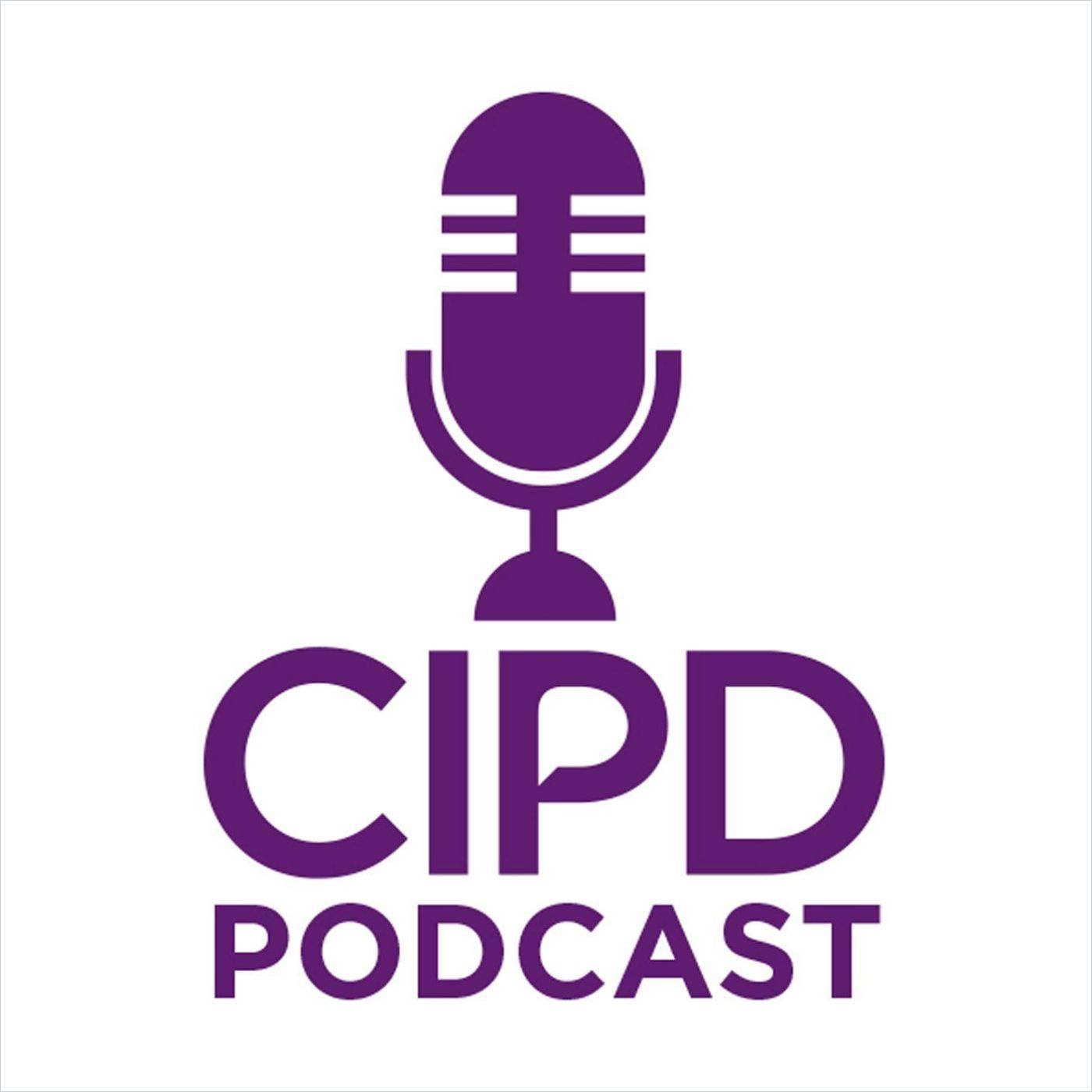
Neurodiversity – A Vital Aspect of Workplace Inclusion
Chartered Institute of Personnel and Development Read SummaryMaking accommodations available to everybody also makes it easier for people who may have a diagnosis but don’t like to ask for special treatment. It will be easier for them to accept more suitable ways of working if the same options are available to everybody.
Exactly! A good example is inappropriate lighting, which can trigger migraines in some people. Whether you are autistic or not is irrelevant if bright lights or noise prevent you from working at your optimum. If we can start to get a deep understanding of how the work environment impacts us, we can start making the necessary adaptations to improve the world for all of us.
We are all struggling in some way, for a wide variety of reasons.
Theo Smith
What are the opportunities for businesses if they succeed at making their workplace more inclusive and neurodiverse?
We are yet to know how many people organizations lose because they are not supporting individuals who face challenges due to their neurological makeup. But I guarantee you that a disproportionate amount of people who are neurodiverse leave organizations because they’re struggling with the manager, the work environment or their work tasks. And sometimes these are really good employees. Let’s not think that all of these people are underperforming. They’re not. They may just be quietly masking their struggles and performing well, but then burn out for working really hard. I’ve left many jobs after going in heavy and burning out, not knowing how to change the situation. Many people do that. And it does not just adversely impact the employees who burn out and leave. It also impacts their families, their communities and, very importantly, their team at work.
Whether you are autistic or not is irrelevant if bright lights or noise prevent you from working at your optimum.
Theo Smith
Meanwhile, organizations are struggling to find and keep talent…
It’s better for organizations to retain hard-working and innovative employees than to recruit new people. At any organization, 10 – 30% of current employees may be underperforming and considering leaving because they do not get the right support. There is a lot of untapped potential for organizations willing to find out how they can better support their people and make necessary adaptations.
The recruiting process is the first big hurdle for people who diverge from the mainstream. What are some of the accommodations firms can make to keep neurodiverse candidates in the hiring pool?
The conventional recruitment process already discriminates against people who are neurodiverse. This often happens inadvertently because our processes are based on archaic models that are now perpetuated by automated recruitment practices. Organizations have a brilliant opportunity to increase diversity of thought by removing barriers. For example, a dyslexic job candidate will struggle if you ask them to write down a lot of information. But they may excel at the task if you ask them to share the same information by talking into a piece of technology.
The work environment should not be closed off to individuals just because of how their brains work.
Theo Smith
Tech companies, in particular, strive to increase the number of female employees. Could you explain how becoming more neurodiverse can help these companies recruit more women?
Only one woman for every three men is diagnosed with ADHD and autism because these conditions often manifest differently in women. Tech companies are already neurologically diverse but still struggle to employ women. There’s an incredible opportunity for women who are being disproportionately impacted because they don’t have a diagnosis and don’t know what kind of support they could benefit from. Giving these women the right kind of support can be a game-changer for them.
Organizations have a brilliant opportunity to increase diversity of thought by removing barriers.
Theo Smith
What are some of the top-down, strategic impulses needed for a company to diversify its workforce successfully?
The top leadership, company culture and middle management are all important drivers of change. CEOs and HR leaders can get really excited about diversity, but little will change if middle management is not on board or the company culture fails to adapt. Top management must ensure that middle managers have the proper knowledge, support and incentives to support neurodiverse employees.
What’s the role of employee training on the topic of neurodiversity?
Simply raising people’s awareness about neurodiversity can go a long way. If you understand what somebody else is going through, you won’t immediately discount them because they may not look you in the eye or won’t shake your hand or are uncomfortable in bright lights, etc. Training helps to shift people’s thinking and may lead to different decisions. As someone who has had jobs at many different companies, I can say that working with people who truly understand and appreciate you makes a huge difference. People who understand your strengths can better enable them.
Simply raising people’s awareness about neurodiversity can go a long way.
Theo Smith
At the end of the book, you talk about “embracing difference as the new normal.” What would you like the future to look like in a perfect world?
If we look at disability rights, someone in a wheelchair in the modern world should be able to expect that any new building enables them to access it. The same kind of thinking should apply to neurodiversity. I want to see a world where this kind of thinking is ingrained in the human psyche, where people won’t need to ask for accommodations because they are already in place. The work environment should not be closed off to individuals just because of how their brains work. Employees should not suffer in silence because they can’t receive the support they need. I want to see a world that embraces difference as the new normal.
Are there signs of hope that we are moving in the right direction?
Recently, the co-chairman of ASML, a world leader in the semiconductor space, came out publicly for being dyslexic. Having world leaders and business leaders come out and tell their stories makes a huge difference. It helps people understand that if we enable people properly, they can make something out of their lives. Fewer people will end up out of work or in prison. And the world can benefit from what they have to contribute.
About the Author
Theo Smith is a leading advocate for neurodiversity and vice president of customer acquisition for Zinc Work.
